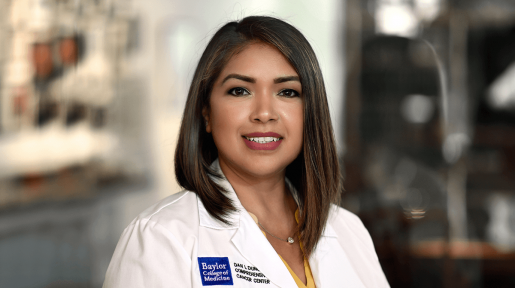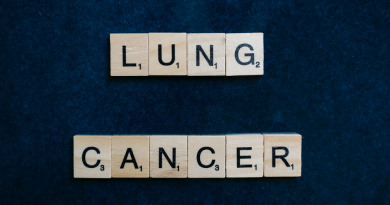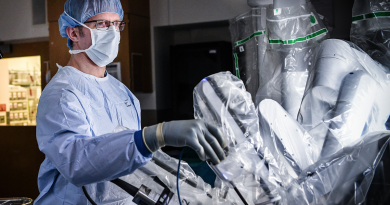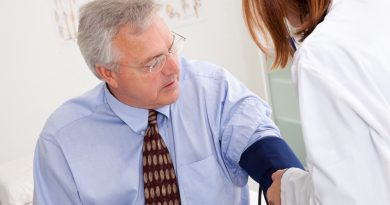All about diverticulosis and diverticulitis with colorectal surgeon Dr. Rojas-Khalil
Diverticula (diverticulosis) are small, bulging pouches that can form in the lining of your digestive system and are most often found in the left lower part of the large intestine. Diverticulitis occurs when one or more pouches become inflamed and, in some cases, infected. Diverticulitis can cause severe fever, abdominal pain, nausea and a noticeable change in your bowel habits.

“Several factors may increase the risk of developing diverticulitis, including obesity, smoking, lack of exercise and a diet high in animal fat and low in fiber,” explains Dr. Yesenia Rojas-Khalil, Baylor Medicine colorectal surgeon. “Most of the time, diverticulitis is uncomplicated, and the only problems are possible infection and inflammation. However, about 25% of people with acute diverticulitis develop complications.”
Some signs of complications from diverticulitis may include lower abdominal pain, worsening constipation, nausea, vomiting, fever, weakness, frequent UTIs or a sensitive and rigid abdomen.
Rojas-Khalil explains possible complications may include:
- Abscess: occurs when pus collects in the diverticula pouch.
- Stenosis/obstruction: a blockage or narrowing in your bowel caused by scarring from repeated diverticulitis attacks. Often presents as worsening constipation.
- Fistula: an abnormal passageway between the bowel and other organs, like the vagina or bladder
- Gastrointestinal perforation: A tear that leaks intestinal bacteria into your abdominal cavity.
Diagnosis
When diverticulitis is suspected, your provider will look for it on imaging tests. A CT scan can show the inflammation’s extent and any related complications. If you have not had a recent colonoscopy, one will be ordered six weeks after your last episode of diverticulitis. Sometimes, colon cancer can present similarly and look like diverticulitis on imaging, so it is important to exclude this with a colonoscopy.
Treatment
Mild diverticulitis can be treated with changes in your diet and antibiotics. Recurring diverticulitis and/or complicated diverticulitis require surgery, where the problematic section of the bowel is removed during a procedure called a colectomy.
When patients present to the surgeon early in the disease progression, the colon is connected back together and an ostomy can be avoided. If emergency surgery is required, surgery might involve a temporary ostomy, which allows the body to recover safely from the diverticulitis and the surgery. With an ostomy, your intestine is moved to an opening in your abdominal wall, so your body’s waste is collected in a bag outside your body. This bag collects the waste, and the patient can empty it when needed. The ostomy is temporary and can usually be safely removed within three to six months after the initial surgery.
Being in tune with your body and recognizing changes in your bowel habits can allow for early surgical interventions that can be done safely with small incisions, no ostomy and a quicker recovery. If you are experiencing any of these symptoms, consult your doctor for further evaluation.
By Tiffany Harston, communications associate with the Michael E. DeBakey Department of Surgery



